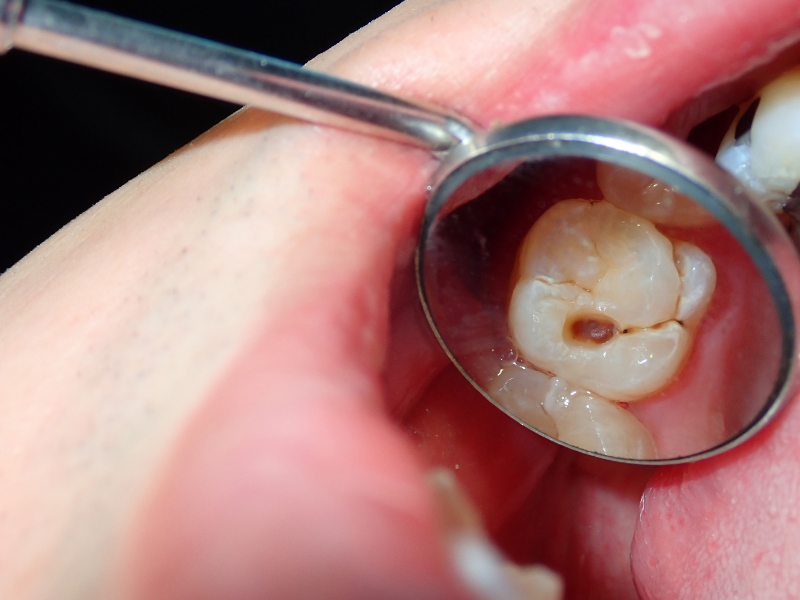
Cavities, or tooth decay, can be painful and distressing. These small holes in your teeth arise from bacteria, sugary foods, and improper brushing. Cavities don’t just appear overnight. They develop over time, starting with plaque buildup that eats away at your enamel. Understanding the causes helps prevent them. Regular dental check-ups and good oral habits are key. Brushing twice daily, flossing, and reducing sugary snacks play essential roles. When prevention falls short, seek treatment promptly. Fillings, crowns, or root canals may be necessary. Each method addresses specific stages of decay. Consultation with professionals is vital. An Invisalign dentist in Burlington can offer guidance, not just on alignment, but also on overall dental health. Your teeth deserve care and attention. Taking small, consistent steps protects your smile and prevents future pain. By understanding cavities fully, you arm yourself with the knowledge to safeguard your oral health.
Causes of Cavities
Cavities result from a combination of factors. Bacteria in the mouth feed on sugars and starches, producing acids. These acids attack the tooth enamel, leading to decay. Poor brushing and flossing habits allow plaque to build up, trapping these acids against the enamel. Over time, this process leads to cavities.
Prevention Strategies
Preventing cavities starts with good oral hygiene. Brush your teeth twice a day with fluoride toothpaste. Floss daily to remove particles between teeth. Limit intake of sugary snacks and drinks. Choose water over soda. Regular dental check-ups play a crucial role in prevention. Dentists can spot early signs of decay and provide professional cleanings. Sealants, thin protective coatings applied to the chewing surfaces of molars, can also help.
Treatment Options
When cavities develop, treatment depends on their severity. Fillings are used for minor decay, restoring the tooth’s function. Crowns cover and protect a larger portion of the tooth. Root canals become necessary when decay reaches the pulp, removing infection and sealing the tooth. Each treatment method addresses different levels of damage, so consult your dentist for advice.
| Treatment | Best For | Procedure |
|---|---|---|
| Fillings | Minor decay | Remove decay, fill cavity |
| Crowns | Extensive decay | Cover tooth with a cap |
| Root Canals | Infected pulp | Clean pulp, seal tooth |
The Impact of Diet
Your diet affects your oral health significantly. A diet high in sugar and carbohydrates feeds bacteria, increasing acid production. On the other hand, a balanced diet supports strong teeth and gums. Incorporate fruits, vegetables, lean proteins, and dairy into your meals. Calcium and vitamin D are particularly beneficial for maintaining strong teeth.
The Role of Fluoride
Fluoride is a powerful ally in the fight against cavities. It strengthens tooth enamel, making it more resistant to acid attacks. Use fluoride toothpaste and consider drinking fluoridated water. Your dentist might also recommend professional fluoride treatments for added protection. According to the Centers for Disease Control and Prevention, community water fluoridation has significantly reduced tooth decay in the population.
Regular Dental Visits
Regular dental check-ups are essential for maintaining oral health. They allow your dentist to detect early signs of decay and intervene before cavities worsen. Professional cleanings remove plaque and tartar that regular brushing might miss. The American Dental Association recommends visiting your dentist at least twice a year for optimal care.
Conclusion
Understanding cavities involves knowing their causes, prevention strategies, and treatment options. By maintaining good oral hygiene, eating a balanced diet, and visiting your dentist regularly, you can prevent cavities and enjoy a healthier smile. Remember, early detection and treatment save you from pain and more extensive procedures later. Take charge of your dental health today. Your efforts will lead to stronger, healthier teeth for life.







